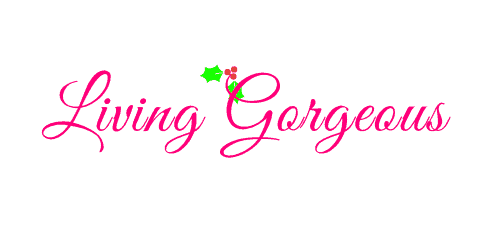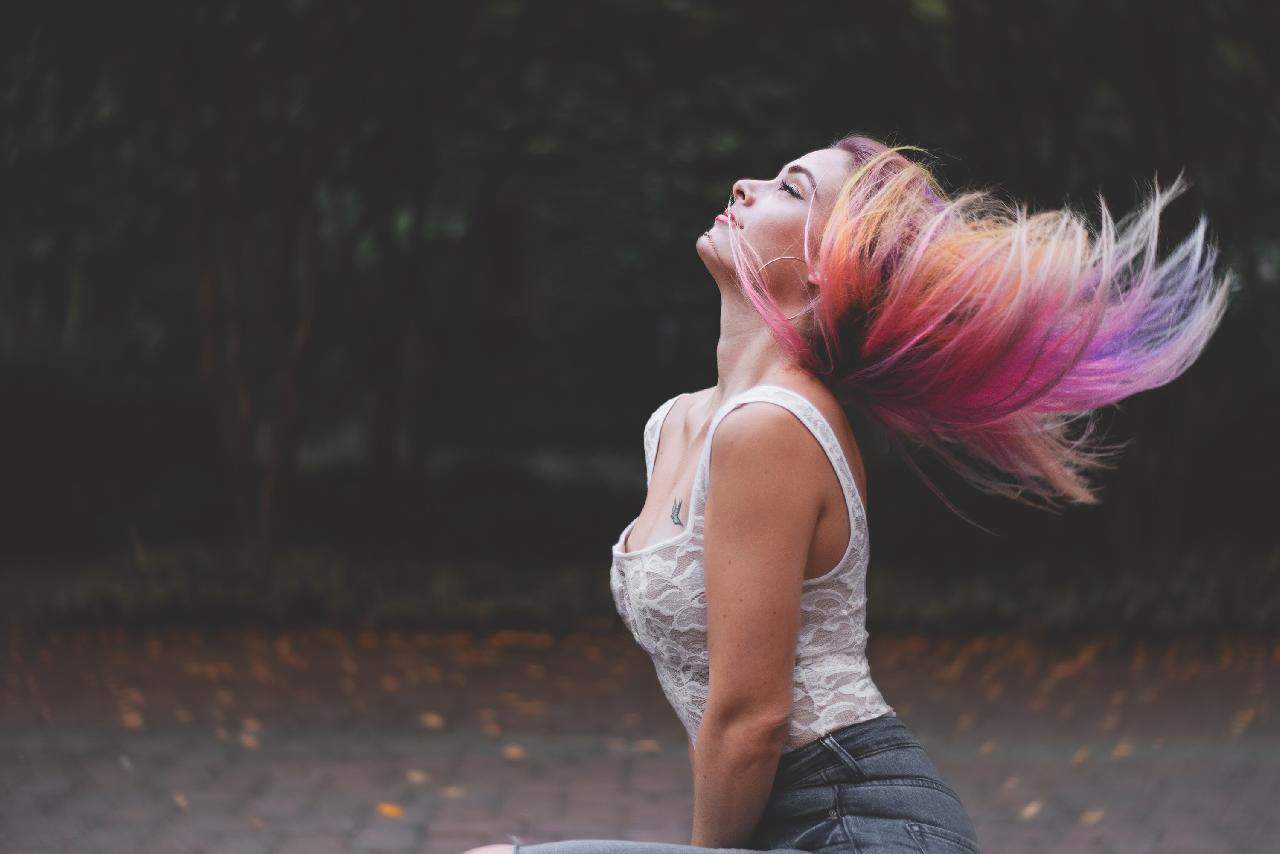When you’re dealing with hair dye, it’s tricky to get exactly what you want. Even if you have it done with a colorist you trust, the color result can be too brassy, too light, or too dark. To avoid making hasty decisions that can damage your strands, even more, read our guidelines on dyeing your hair.
How Long Should You Wait Before Dyeing Your Hair Again? Whether you want to try a new hairstyle trend or fix your hair color, you should wait at least four to six weeks before dyeing your hair again. If your strands aren’t that healthy to handle the coloring process, it’s best to wait for eight weeks.
Why Should You Wait Between Color Changes?
Every chemical process affects your hair, and permanent dyes contain strong chemicals that can cause irreversible damage to your strands. Those pigments not only stain the hair follicles but also damage the hair shaft. Do you know that dry, brittle hair and split ends are often caused by over-coloring?
Your hair needs time, moisture, and nourishment to recover after being dyed. In fact, even the healthiest hair cannot withstand rounds of chemicals in one sitting. If you want your hair to stay healthy, give those chemical processes a break.
So, how soon can you dye your hair if you don’t like the color?
Waiting for four to six weeks is ideal, but it could be better if you can wait longer. During these times, strengthen your strands with hair serums, hair oils, and conditioners.
Coconut oil, aloe vera, and argan oil can accelerate the recovery process of your hair, prepping it for your next coloring session. Yes, fixing a bad dye job more challenging since it needs time and patience.
Also Read: Can You Dye Your Hair Twice in One Day?
What to Consider Before Dyeing Your Hair Again
The type of dye you used
Permanent dyes and hair bleach come with a greater risk of hair damage, so it’s best to wait for a minimum of four weeks between sessions. If you aren’t comfortable with your natural roots showing up, you can ask your colorist for a root touch-up instead of a full hair coloring.
On the other hand, semi-permanent dyes can be used more often since they’re gentler and formulated without ammonia. Its pigments only sit on the hair’s surface and last up to 15 washes. However, it can only make your hair darker, not lighter—and only changes the tone of your existing color.
The health condition of your hair
Hair coloring is a chemical process, and unhealthy hair couldn’t handle more damage from it. Healthy hair holds moisture and never feels brittle and dry. It is also full of shine and luster with minimal breakage.
If your hair is strong and healthy, you can dye your strands after four weeks from your previous coloring session. Unfortunately, if you’re dealing with dry, brittle, and falling hair, along with split ends and dull appearance, it reveals your strands aren’t in good condition and needs some special hair care treatment.
How long it’s been since you dyed your hair
Do you know that the standard time between appointments is four to six weeks? Major color changes can be very damaging, and some need multiple appointments before getting the exact shade you want. If you’re just concerned about your new hair growth, going for a color retouch once a month is ideal.
However, if you’re planning to do a drastic color change yet you just recently colored your hair, it’s best to wait a little longer. It’s a great idea to consult your colorist before dyeing your hair, so you can get the best treatment prior to the chemical process.
Things to Do When You Don’t Like Your Hair Color
Maintain a proper hair care system
If you don’t like your hair color and can’t go back to the salon yet, it will be better if your hair stays strong and healthy. If you have an affinity for all things natural, think of honey, coconut oil, shea butter, aloe vera, olive oil, and such that can nourish your strands.
It’s also important to know the right products for your hair type and texture as the wrong ones can only aggravate the damage. For instance, using a clarifying shampoo for weak, brittle strands will only make your hairdryer and prone to breakage.
When styling your hair, skip heat tools like flat iron and dryer as much as possible, and opt for hairstyles like braids and beach waves that look great without heat. This way, your strands can be strong enough to handle the chemical process once the waiting time is over.
Opt for ammonia-free color removal products
There are hair products that can help you reverse undesirable hair color without the damage. These color removal products work by shrinking the dye pigments, and some even nourish your hair with natural ingredients like aloe vera and soy protein. However, it will only work when the hair dye that is applied is darker than your natural shade.
Use purple or blue shampoo
If you’re just dealing with brassy hair color, you don’t need those permanent dyes but toning shampoos. These products are designed to counteract the brassy orange or yellow tones in your hair. A purple or blue shampoo is a pigment-depositing product that refreshes your hair color.
Who knows, you might just need to deal with brassiness and not the color result itself. Do you know it can make your brown hair color more radiant and richer? Just use it once or twice a week, and don’t overdo it.
Think of temporary hair color or root spray
If you need a quick fix without the damage, turn to temporary hair colors and root sprays that will wash out in a single shampoo. It can let you rock a new shade for a night out, or even try a new color without commitment.
Most of the time, you’ll only spray these hair dyes to your strands, and let them dry completely. Some even allow you to mix and match different colors to achieve the shade that you want. If you’re more adventurous, you may even try some daring color trends like mermaid hair, sunset hair, and so on.
Try different hairstyles and partings
If you don’t like your hair color, have fun with your hairstyles and partings instead. If you’ve got too light highlights, switching your hair part can change the looks since colorists often apply dyes according to your parting.
Also, unflattering hair color can look appealing with intricate hairstyles like waterfall braids, fishtail braids, and crown braids. If you want to make it look intentional, think of messy bun or Dutch braids instead.
FAQ
What is the best fix if you dyed your hair too dark?
Before resorting to permanent dyes for a color change, think of using a clarifying shampoo to help lift some pigment from your hair. Frequent washing, warm temperatures, and sulfate-based shampoos fade hair color faster and can be a trick to lightening your frequently dyed hair.
Still, these methods can dry your strands, so always use a conditioner or hydrating hair mask. However, don’t go too far with detergents and hair bleach as those can damage your strands. If you still didn’t get the color that you want, then it’s time to go to a professional.
Also Read: Should You Wash Your Hair Before Dyeing it?
Can you lighten hair with dye after you’ve already colored it?
No. Hair dyes only deposit color to your hair, but cannot lighten or remove color. Hair bleach is the one responsible for lifting the color, and you cannot have the process for the second time if you’ve just dyed your hair. You may simply wait for your color to fade naturally, or wait at least a month before bleaching and coloring your hair again.

